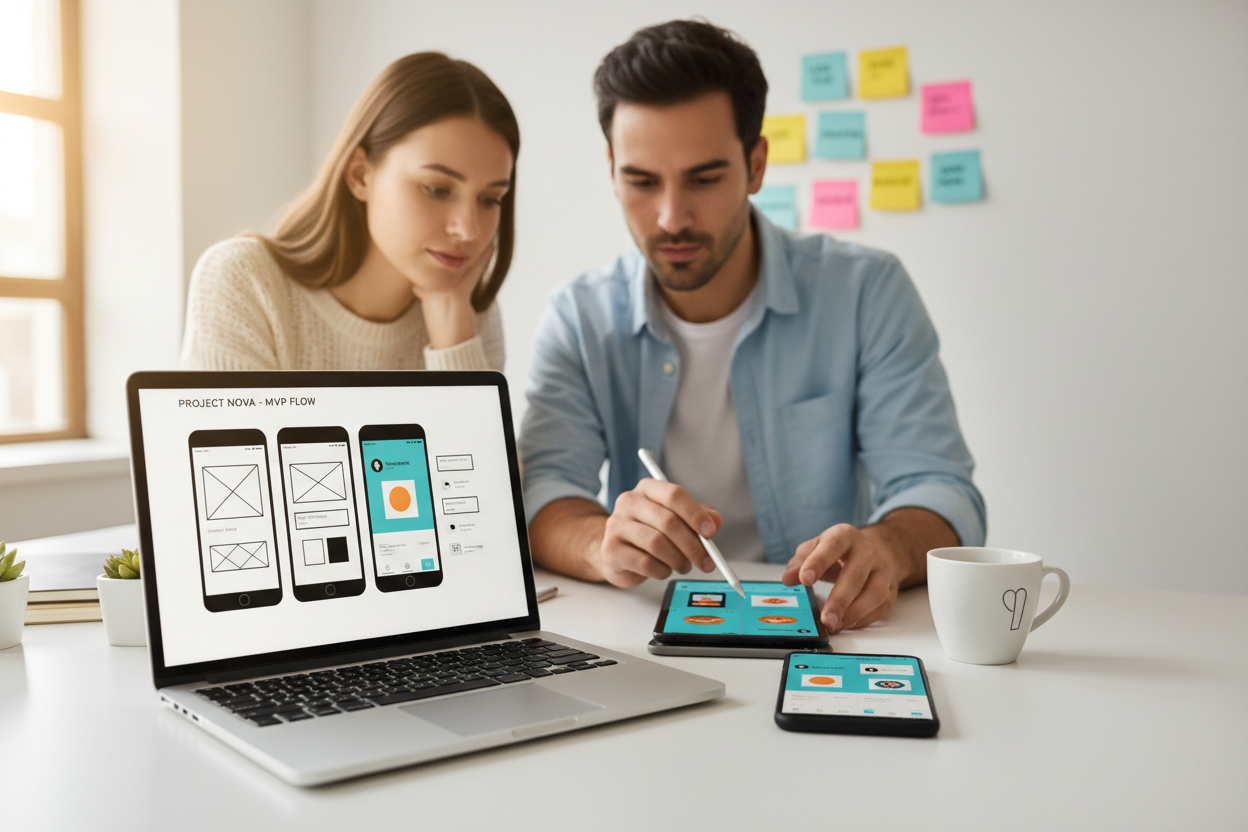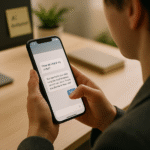How to Build an AI MVP with Minimal Resources

Starting an app can feel huge. An MVP app (minimum viable product) is a miniature, working version of your idea that proves it matters. It shows the core features, gathers real user feedback, and helps you avoid wasting time on stuff people don’t want. Big wins like Uber, Airbnb, and Dropbox began as simple MVPs. At MVPcenter, we help founders turn ideas into tested MVPs fast and on budget.
What a Mobile App MVP Really Is
A prototype is a mockup, a click-through, or a visual sample. An MVP app is usable by real people and solves one main problem. After you’ve learned from users, the final app is the polished, scaled product. Core MVP components are the single core feature, simple UI, ways to collect feedback, and a plan to scale.
Why start with an MVP?
Many startups fail because they build what no one needs. A CB Insights review found that the lack of market need was the top reason in about 42% of cases. Overall, startup survival is tough — widely used industry reports show most startups don’t make it long term. An MVP lowers risk. It keeps costs down, speeds learning, and helps you find product-market fit before you pour money into everything.
Step-by-step MVP app process
First, validate your idea. Talk to potential users, study competitors, and write 1–2 clear user personas. Next, choose only the must-have features that the problem your app must solve. Design quick wireframes and a simple prototype, then test them with real users. Pick the right stack for development: native (Swift/Kotlin) for high performance, or cross-platform (React Native / Flutter) to save time and cost. Launch a beta, collect analytics and user feedback, then iterate. Repeat fast.
Cost and timeframe
A simple MVP app can take 6–12 weeks; the cost varies by region and feature. Basic chat or listing apps often start in the low thousands; complex features like payments, mapping, or heavy backends push costs up. Factors that change price are the number of platforms (iOS/Android), design complexity, integrations, and backend needs. MVPcenter uses agile sprints to keep costs predictable and deliver value early.
Common mistakes to avoid
Don’t pack every feature into your first release, skip testing, or ignore real user feedback. Set clear success metrics so you know whether the MVP is working. And don’t let poor UI stop people from trying your app.
Tools & tech we recommend
- Front-end: React Native, Flutter, Swift, Kotlin.
- Backend: Firebase, AWS, Supabase.
- Analytics and feedback: Mixpanel, Google Analytics, Hotjar.
How to measure success
Look at user engagement, retention after 7–30 days, conversion rates, and qualitative feedback. Use this data to plan the next build phase.
Why choose MVPcenter
We guide founders from idea to validated MVP. We’ve shipped apps across industries, focusing on fast learning cycles and clear metrics. Want help? Book a free consultation to validate your app idea and get a simple cost estimate.
Connect with MVP Center
Ready to take the first step towards unlocking opportunities, realizing goals, and embracing innovation? We're here and eager to connect.




